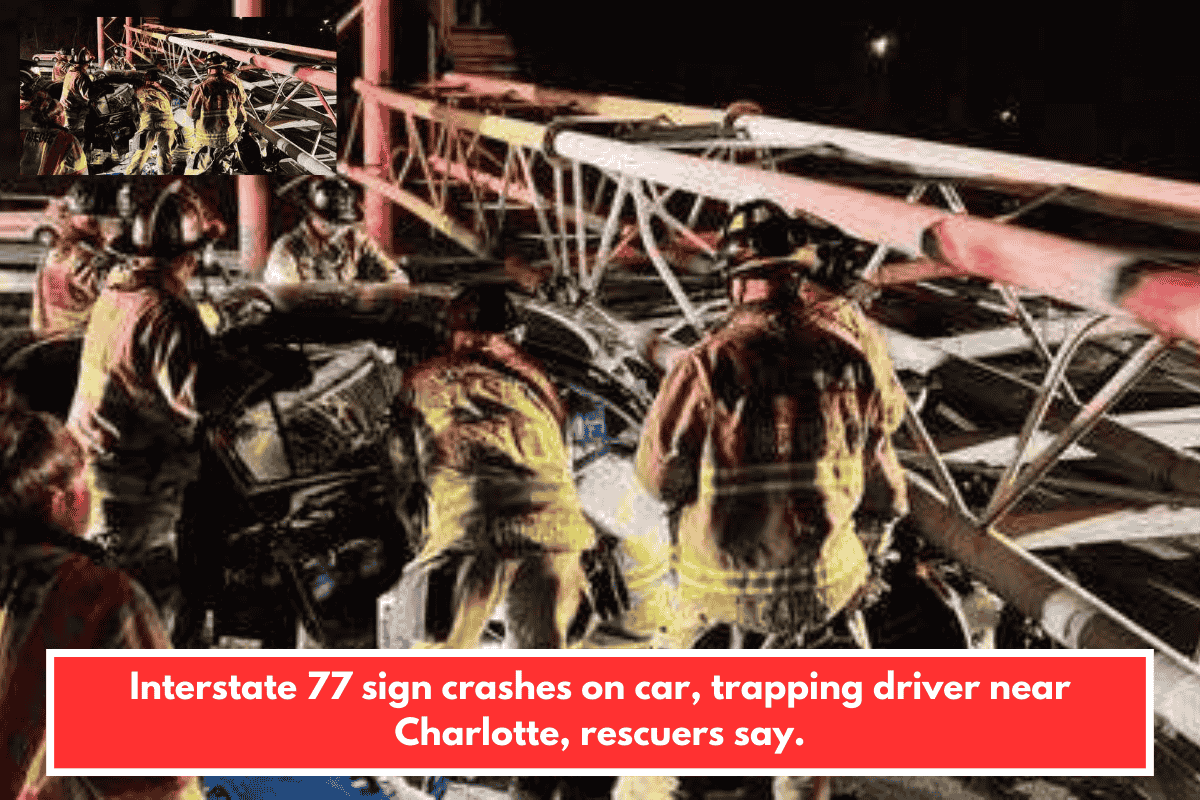Charleston, South Carolina – The chief engineer for a ‘out of control’ container ship that went through Charleston Harbor last year, causing a brief closure of the Arthur Ravenel Jr. Bridge, has pleaded guilty to charges related to the event.
Fernando San Diego San Juan pled guilty to failing to report a hazardous condition and obstructing an official procedure, according to federal court filings.
For count one, he faces a maximum term of six years in jail, a $250,000 fine, and three years of supervised release, plus a $100 special assessment.
For count two, he faces a maximum term of five years in jail, a $250,000 fine, and three years of supervised release, plus a $100 special assessment.
The MSC Michigan VII, a 997-foot, 74,000-ton container ship, left Charleston around 11:45 a.m. on June 5, 2024.
“The pilot on board indicated the vessel lost ability to control the engines and they were stuck nearly full-ahead with the vessel making between 14 and 17 knots,” said Deputy Commander Randy Preston at the time of the incident.
On July 22, the US Coast Guard released MSC Michigan VII from the International Maritime Organization’s detention order. The order was issued on June 8th in Charleston.
According to court documents, the linkage rod detached from the ship’s Governor when the Third Engineer changed it, seeing that the main engine was not achieving the required RPMs. San Juan was in the engine room when the linkage rod separated, and he attempted but failed to reconnect it. He then went to seek assistance from other engineers, who had also failed to reconnect the linkage rod.
San Juan then ordered the Fitter to the engine room, where the linkage rod was completely detached. The male threads were old and stripped, but the Fitter was able to remove the damaged threads and replace them. Engineers were then able to correctly reconnect the linkage rod and reestablish primary engine control, according to the records.
While engineers attempted to reconnect the linkage rod, the ship was declared a runaway since the engine could not be slowed.
As a result, authorities evacuated the Ravenel Bridge and cleared local beaches due to the engine wake, which could injure beachgoers.
Carver Maritime, LLC filed a complaint against MSC Michigan VII for damages caused by the event.
According to the facts, the ship’s wake caused damage to surrounding ships and piers, as well as multiple injuries.
While the US Coast Guard and the National Transportation Safety Board investigated the event, they interviewed San Juan, who allegedly lied, claiming that the crew had never modified the linkage rod and that only a certified mechanic could do so.
In a separate interview on June 8, San Juan allegedly lied again, telling agents that there had never been comparable concerns before and repeating this a second time, claiming that the crew did not change the linkage rod.
None of the engineers were trained to make changes to the Governor or the linkage rod.
In his plea agreement, San Juan admitted to lying to the NTSB and hindering the inquiry.
According to papers, while the Coast Guard was assessing the runaway ship, San Juan persuaded the engineers under his command to claim that no one had modified the linkage rod.
San Juan stated that he assisted the vessel Master in failing to alert the Coast Guard of the ship’s hazardous conditions.
Problems preceding the incident
San Juan was appointed as head engineer in April 2024. When he originally boarded the vessel, he was given five hours to perform a statutory handover inspection that should have taken more than 24 hours.
Soon after coming on board, San Juan discovered oil and air seeping from one of the primary air compressors. A reconditioned air valve was inserted, but it failed soon after. It was removed, and the ship lacked the necessary spare parts to rebuild it again.
A second primary air compressor was reported to be malfunctioning on June 4, 2024, one day before the catastrophe in Charleston harbor. It was serviced and brought up to 60% of its rated capability, according to the records.
Neither of the main air compressors had been entirely repaired before to the incident in Charleston Harbor, putting the main engine at risk of not having enough air while navigating.
According to prosecutors, San Juan was aware that the majority of the ship’s generators could not sustain 75% power. As a result, the ship was occasionally unable to use its bow thruster while moving in port. The generator’s condition also increases the likelihood of the vessel encountering a blackout if the bow thruster is operated while in port.
In addition, San Juan was aware of practices on the ship that could cause the linkage rod to break prior to the Charleston event; yet, he allowed them to continue.














